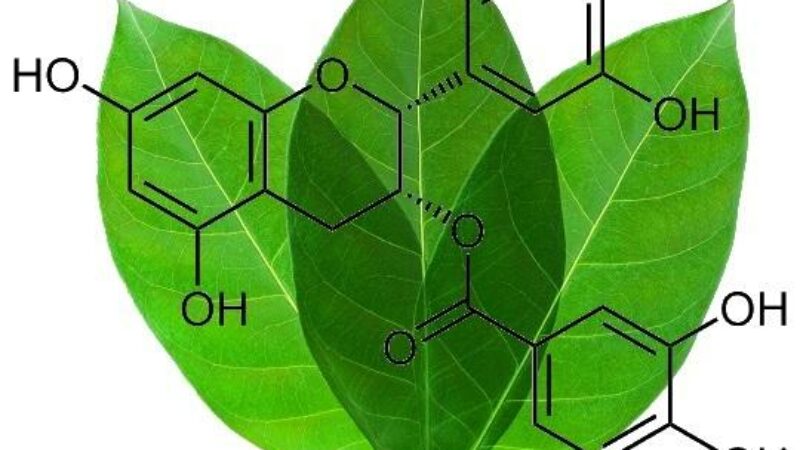The most important thing to look for in a sunscreen is an effective sun filter (or, better yet, two!) that will provide high protection against the sun’s harmful rays. Although that may sound obvious enough, what isn’t cut-and-dried is making sure that the sunscreen you choose contains the active ingredients that will best protect your skin.
How Sun Filters Work
It’s important to first appreciate how the sun’s rays can cause skin damage. The sun is made up of shorter length UVB rays responsible for tanning and burns, and the longer, more penetrating UVA rays which contribute to wrinkles, premature aging, and some types of skin cancers.
A sun filter can generally be classified as either physical or chemical. Physical sun filters, such as titanium dioxide and zinc oxide, act as a physical shield against UV rays. They work by sitting on the skin’s surface and deflecting harmful rays to prevent damage. Chemical filters, such as mexoryl, tinosorb and avobenzone, amongst others, are ingredients that work by interacting with your skin’s surface to absorb UV rays, which are then converted and released as harmless energy.
What SPF and Broad Spectrum Mean
No doubt you’ll have noticed that all sunscreens have an SPF rating listed prominently on the front of the container. SPF (Sun Protection Factor) is a measurement of the amount of UVB protection that a sunscreen delivers. This rating system was developed in 1962 to give an indication of the length of time a sunscreen will protect you from the burning UVB rays compared to how long it would take you to burn with no protection whatsoever. For instance, if you typically burn in 10 minutes, an SPF 30 product will deliver protection for 10 minutes x 30, so 300 minutes, with proper application.
As of yet, there isn’t an official, international standard for measuring the UVA protection of a sunscreen. However, looking for sunscreen that is marked as ‘broad spectrum’ should deliver adequate protection against both UVA and UVB rays.
Sun Filters Our Customers Love
We’ve always maintained that our customers are an incredibly well-informed group who know the importance of good sunscreen! These are the sun filters that they most want in their sun protection (and who are we to argue?):
Tinosorb
Tinosorb S and Tinosorb M can be found in Avène sunscreens, the latest additions to our store.
- Tinosorb S (listed as Bemotrizinol or Bis-ethylhexyloxyphenol Methoxyphenyl Triazine ) is an oil soluble ingredient that is capable of absorbing UVA and UVB rays, resulting in broad UV spectrum protection for the skin. One of the benefits of Tinosorb S is its photostability. When combined with other sunscreen ingredients, it helps to stop their breakdown. This helps to enhance the sunscreen’s effectiveness in protecting skin.
- Tinosorb M (called Bisoctrizole or Methylene Bis-Benzotriazolyl Tetramethylbutylphenol) is a water soluble ingredient that is added to sunscreens to provide additional UV absorption. Like Tinosorb S, this naturally stable ingredient can absorb both UVA and UVB rays and also stabilizes other sunscreen compounds that absorb UV rays. A unique blend of particulates offers 3 powerful actions to absorb, reflect and scatter the sun’s UV rays, thereby providing high-level broad spectrum coverage of UVA and UVB rays.
Mexoryl
- Our love affair with sun filter Mexoryl SX (Terephthalylidene Dicamphor Sulfonic Acid) and Mexoryl XL (Drometrizole Trisiloxane) has a long-standing history. And with good reason, we like to think! Mexoryl provides broad spectrum protection against both the aging UVA rays and the burning UVB rays. These molecules, patented and used exclusively by l’Oreal, also boast high photostability, meaning they don’t degrade when exposed to sunlight, thus preserving their protective properties. Studies have shown that Mexoryl maintains the majority of its sun filtering capability even 24 hours after initial application. However, this does not mean that applying sunscreen once a day is sufficient for all-day protection. We also love that Mexoryl is available in many different formulations from Anthelios and Ombrelle that suit our different needs, from water resistant lotions and sprays, to creams and lip sticks that are ideal for everyday use by the whole family. Some formulations of Anthelios even contain Tinosorb S! See our selection of Anthelios products here and Ombrelle here.
The takeaway is that it’s essential to select a photostable, broad spectrum sunscreen with a combination of sun filters that protects your skin from both UVA and UVB rays that you’ll be happy wearing every day. And if you ever need a hand choosing your next sunscreen, we’re more than happy to help.



